Description
SASSAFRAS albidum, also called white sassfras or silky sassafras, is an unusual plant. Curiously, this deciduous plant produces three forms of foliage simultaneously (one-lobed, two-lobed and three-lobed).
Moreover, the green leaves transform into a veritable firework display in autumn. Indeed, they then take on very intense colors of yellow, orange and red (see photos).
Even if this plant is classified as a tree, remember that it grows very slowly and can be considered a small, or even very small tree. It has a bushy shape and flowers green/yellow before the appearance of the leaves. The fruits turn a blue/black color and have a reddish stem.
How to plant SASSAFRAS albidum ?
Find a spot for it in partial shade or full sun. It can be planted in a border or as a specimen plant.
The soil should be moist, moderately moist, or even dry. However, this very small tree prefers moisture.
Nevertheless, the soil must be well-drained and light or normal, but not heavy, with an acidic or neutral pH.
For a good preparation of the pot or ground, we have designed specific instructions available here. Furthermore, discover here how to water your garden and save water.
History and Origin
Thomas Nuttall first described SASSAFRAS albidum in 1818 under the name Laurus albida. Christian Gottfried Daniel Nees von Esenbeck gave it its current name in 1836.
Other synonyms include: Laurus sassafras, S. albidum var. molle , S. officinalis or even S. variifolium. S. albidum originates from eastern North America: Ontario (Canada) and numerous states in the United States of America in this region.
It can be found in very different habitats: forests, wastelands, bare land or even erosion sites.
It also grows in the virgin forest of Venezuela. Moreover, sassafras oil is obtained by steam distillation of the bark and fruit. This oil is also called safrole. It is used as a perfume and flavoring.
Furthermore, some indigenous peoples used the branches as chewing sticks. Sometimes, substances from the bark are used in toothpastes.
Safrole also provides raw materials for the production of Ecstasy (MDMA). As such, the trade of sassafras extracts is banned in the European Union.
Finally, sassafras wood can be used in the manufacture of instruments.

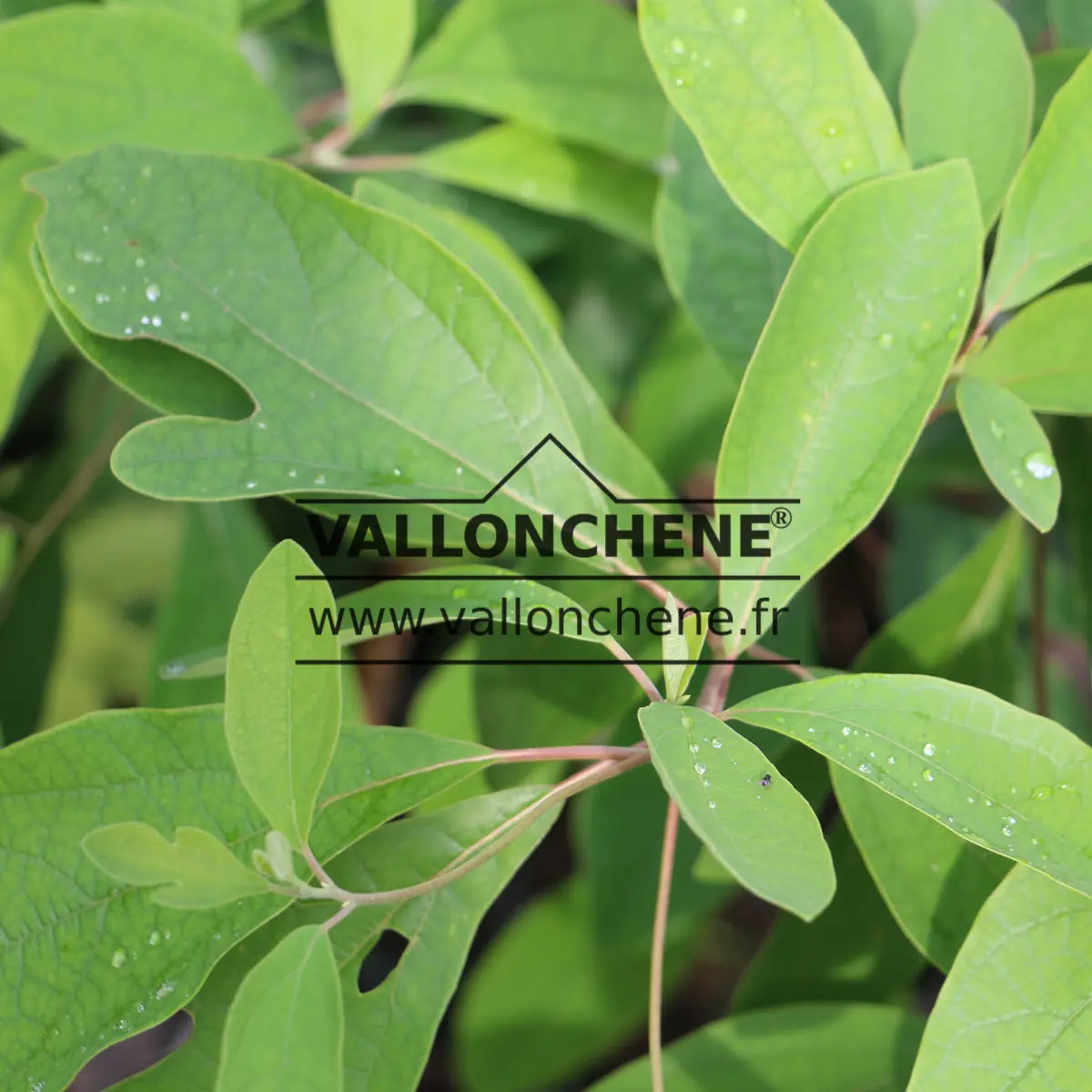
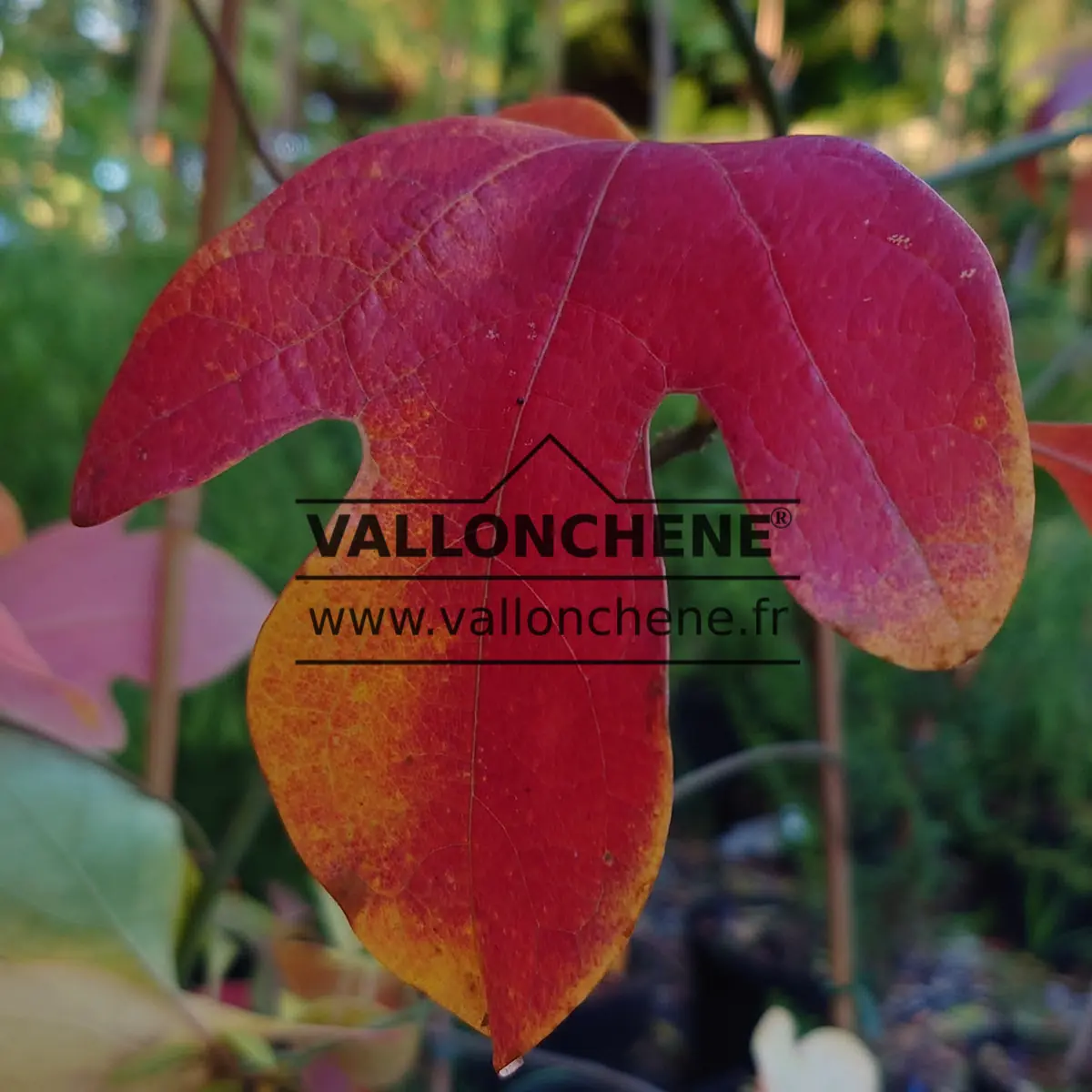
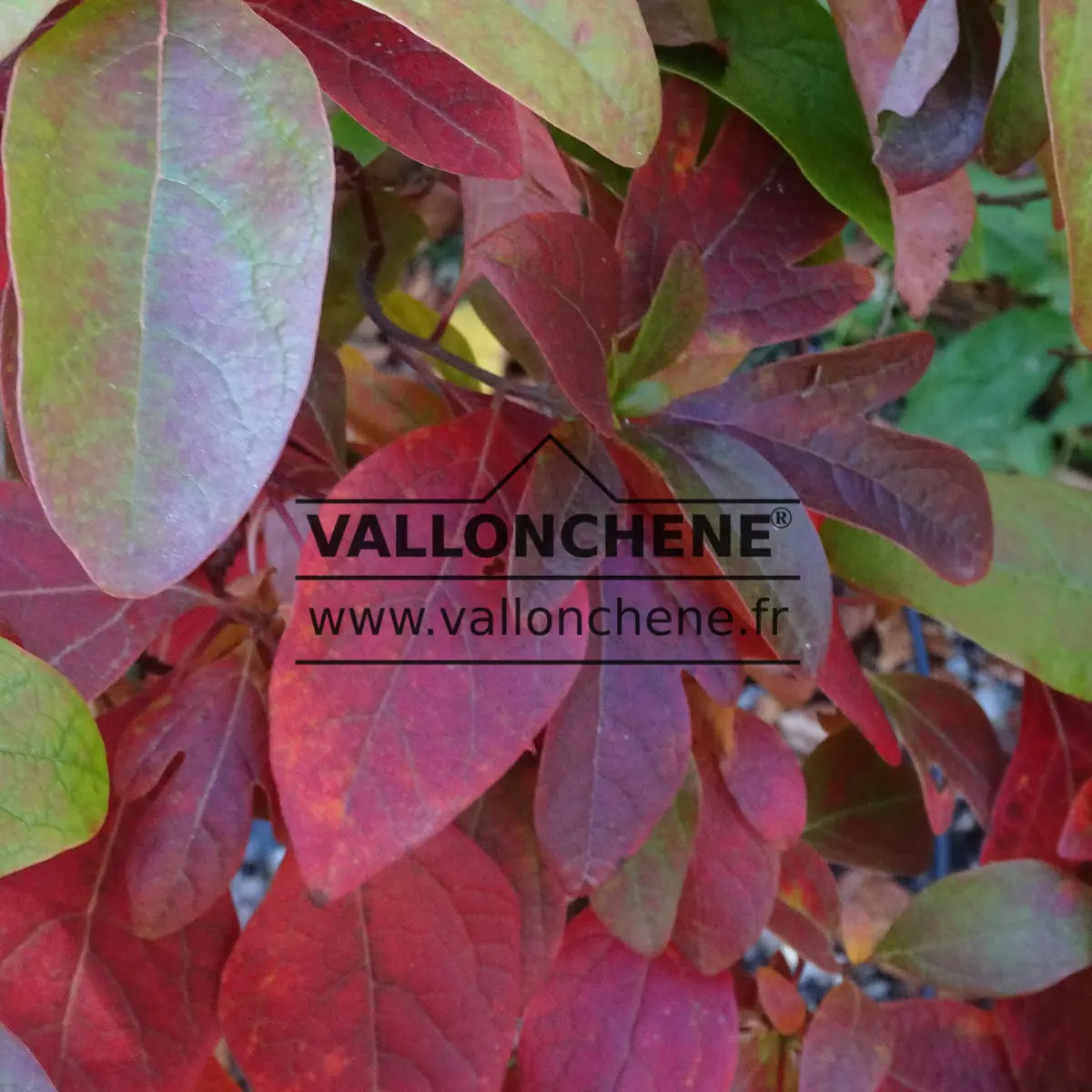
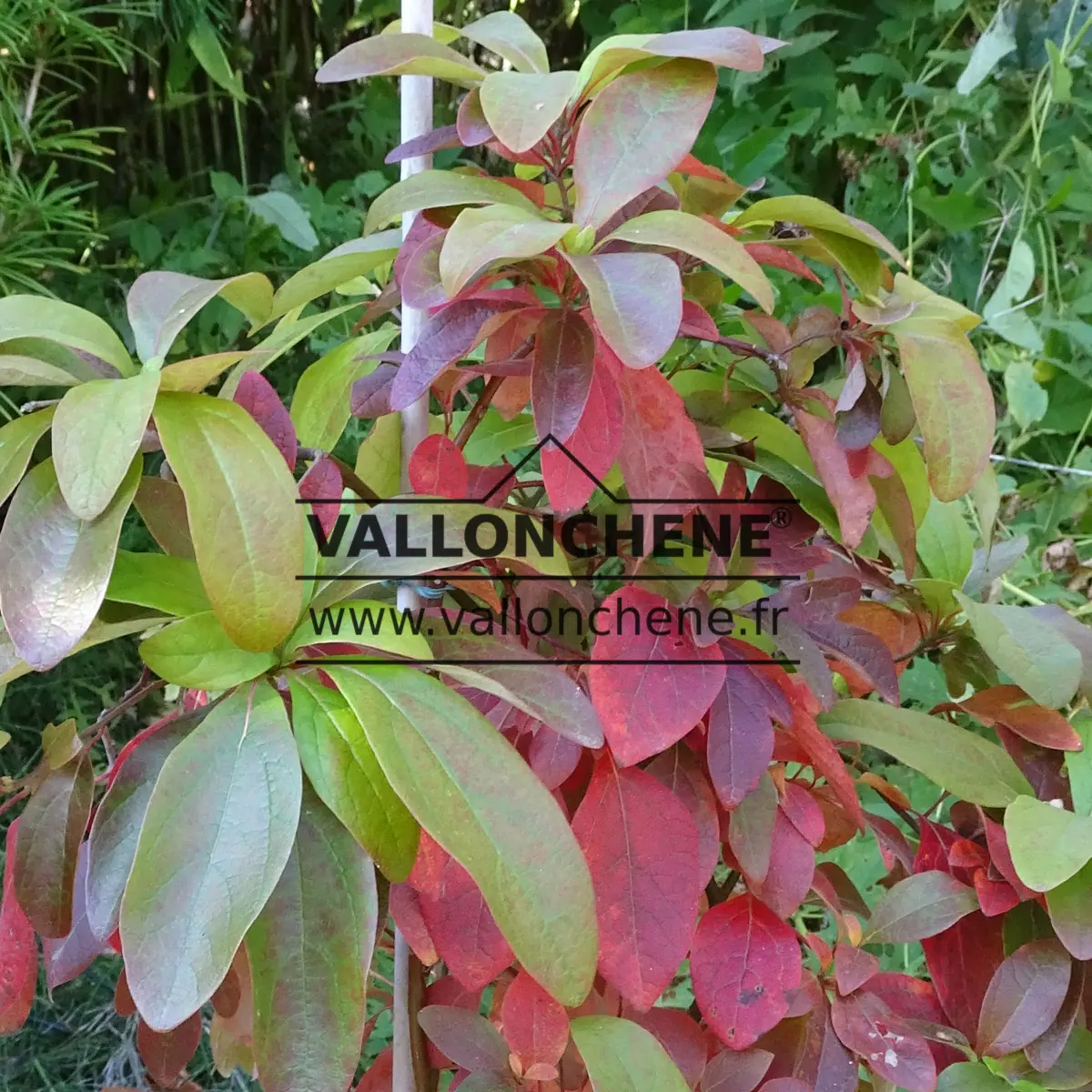
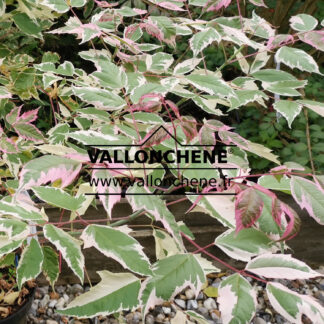
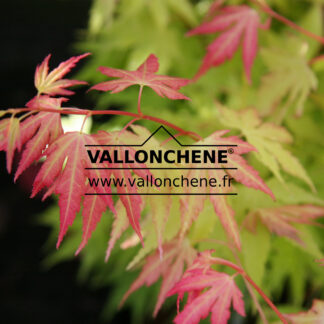
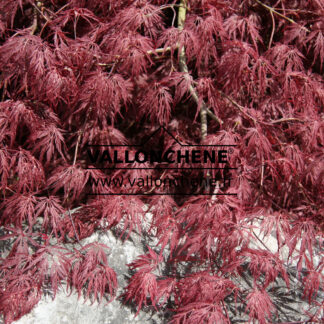

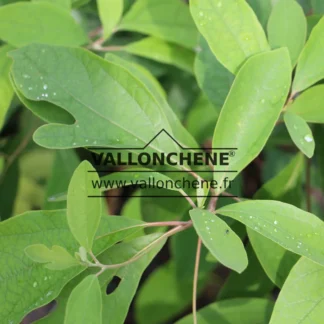
Reviews
There are no reviews yet.